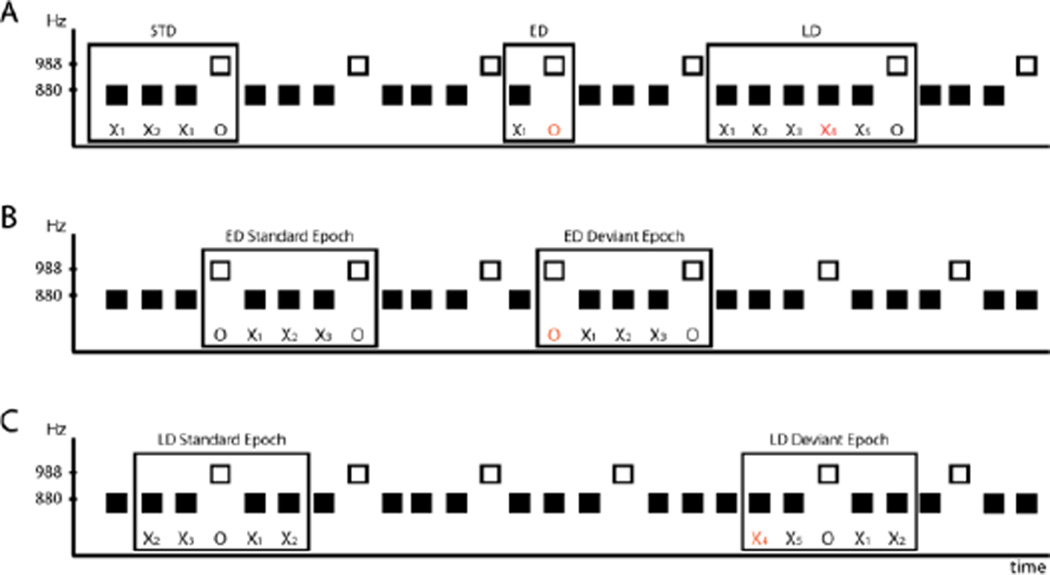Figure 1. Schematic of stimulus design and comparison epochs.
(A) The fundamental frequency (in Hz) of the complex tones is indicated on the ordinate and time is represented on the abscissa. The standard (STD) four-tone pattern (demarcated with a rectangle) consists of three 880 Hz tones (‘X’ tones, filled black squares) followed by a 988 Hz (‘O’ tone, unfilled black square). Deviant patterns were created by ‘misplacement’ of the O tone. For the early Dev (ED), the O tone was presented earlier than expected, after one X tone; for the late Dev (LD), the O tone was presented later than expected, after five X tones. The subscript numeral denotes the position of the X tone prior to the occurrence of any O tone. The tone that coincides with the pattern violation is marked in orange. O tones occurred 20% of the time overall. (B) Comparison epoch for the early Dev (ED). The same physical sequence of five tones was used for comparison (middle panel). The difference between them being the role of the first O tone of the epoch: Deviant or Standard. (C) Comparison epoch for the late Dev (LD). The sequence of five tones used for comparison (bottom panel). The ERP response to the X4 tone (deviant) occurred at the time of the expectation violation, and was compared with the ERP response to the X2 tone (standard).

